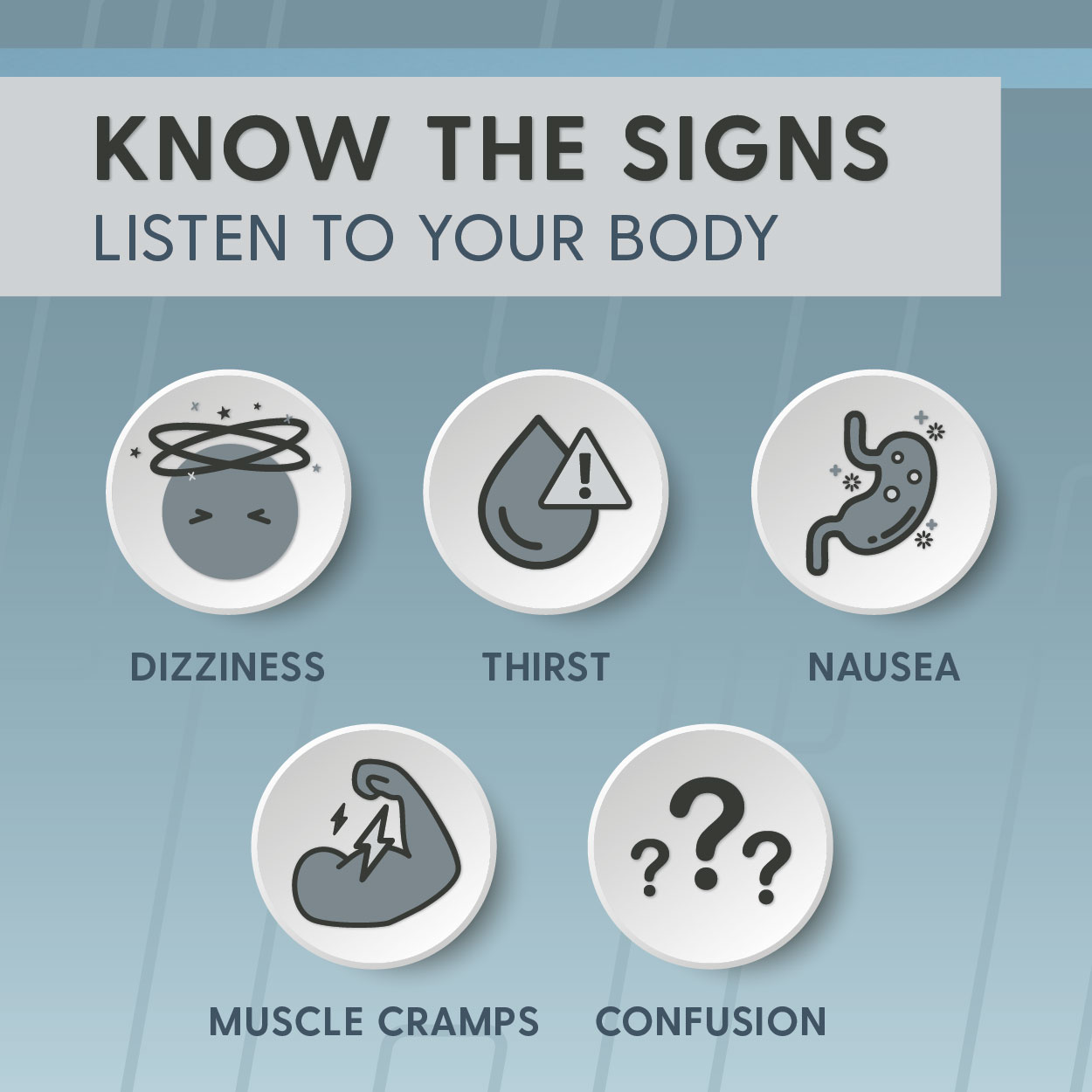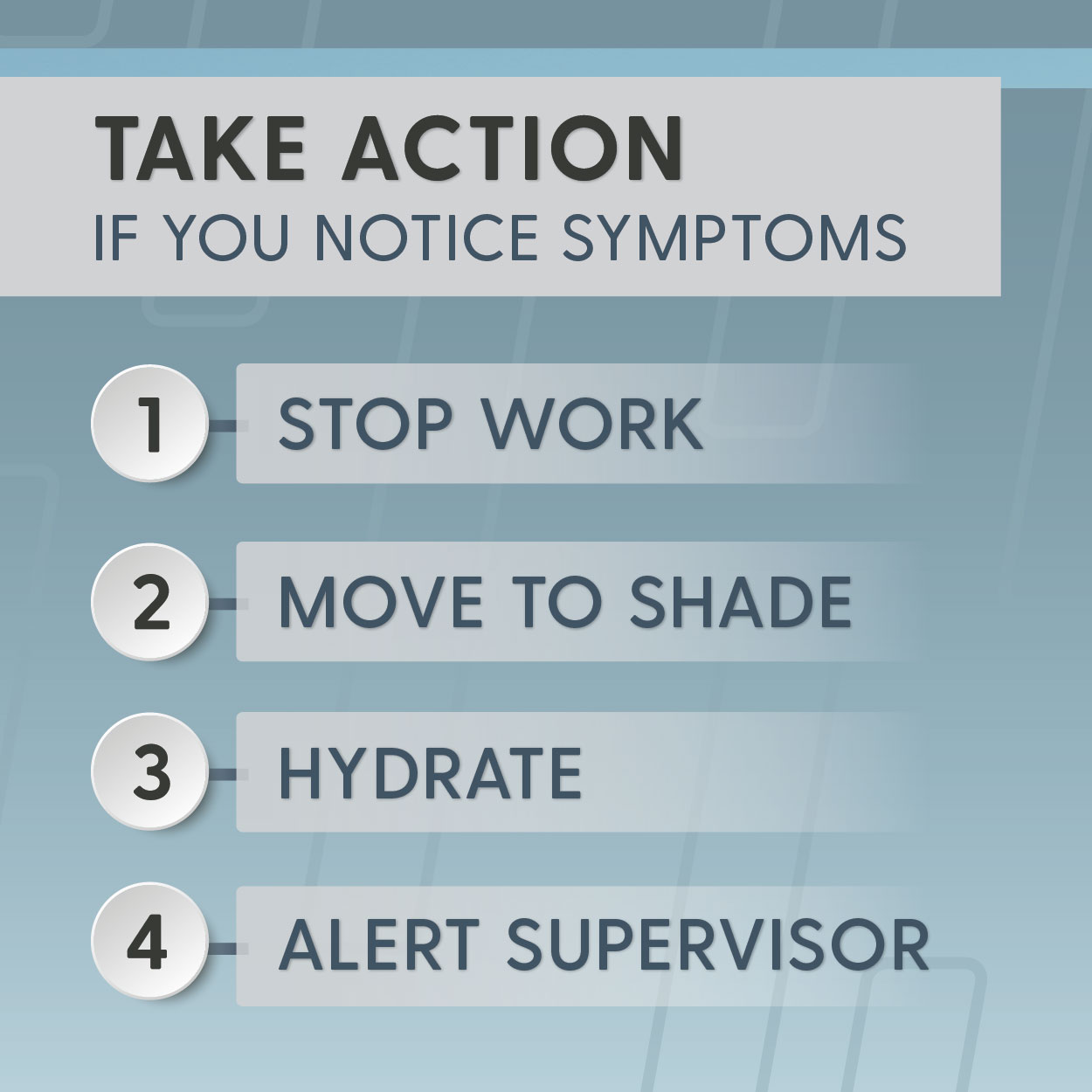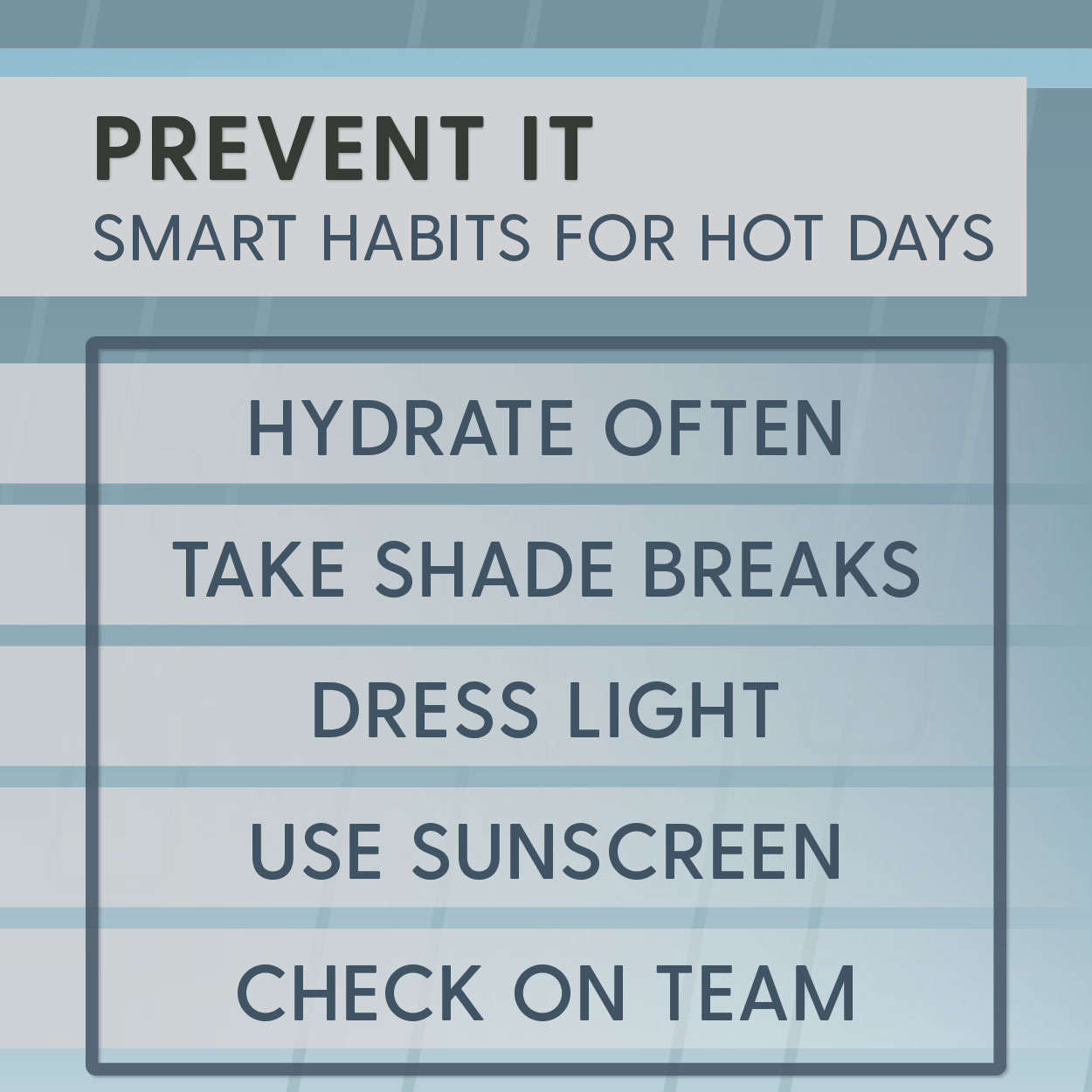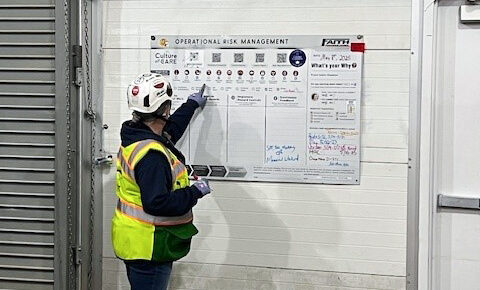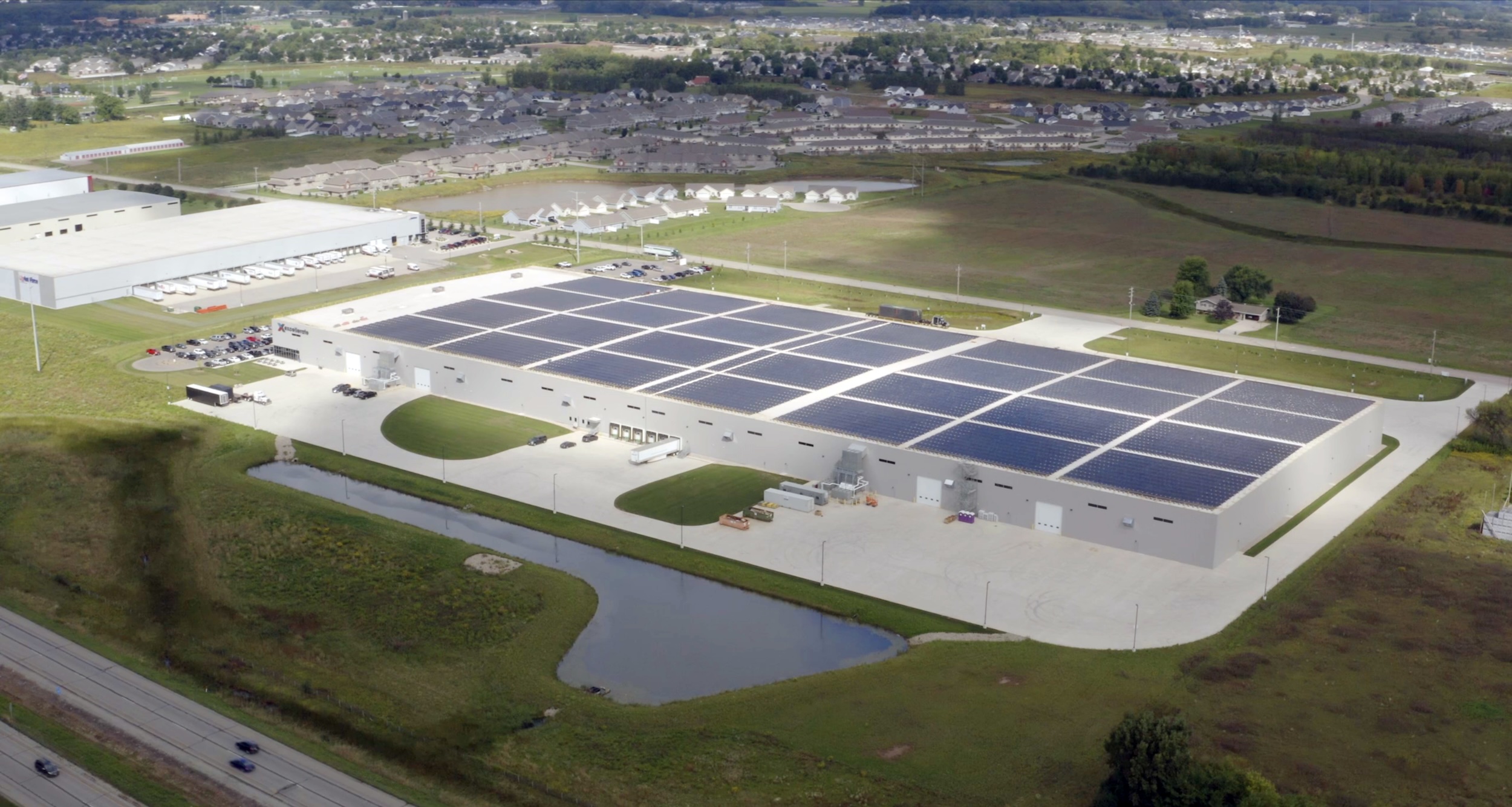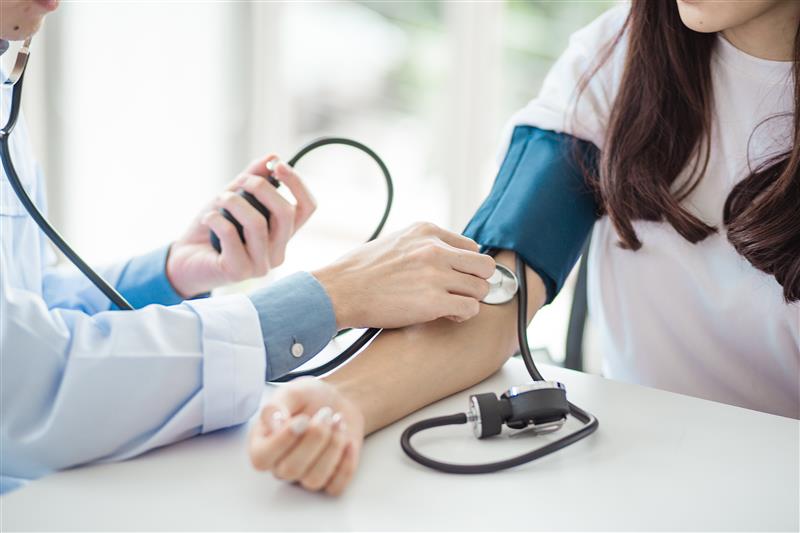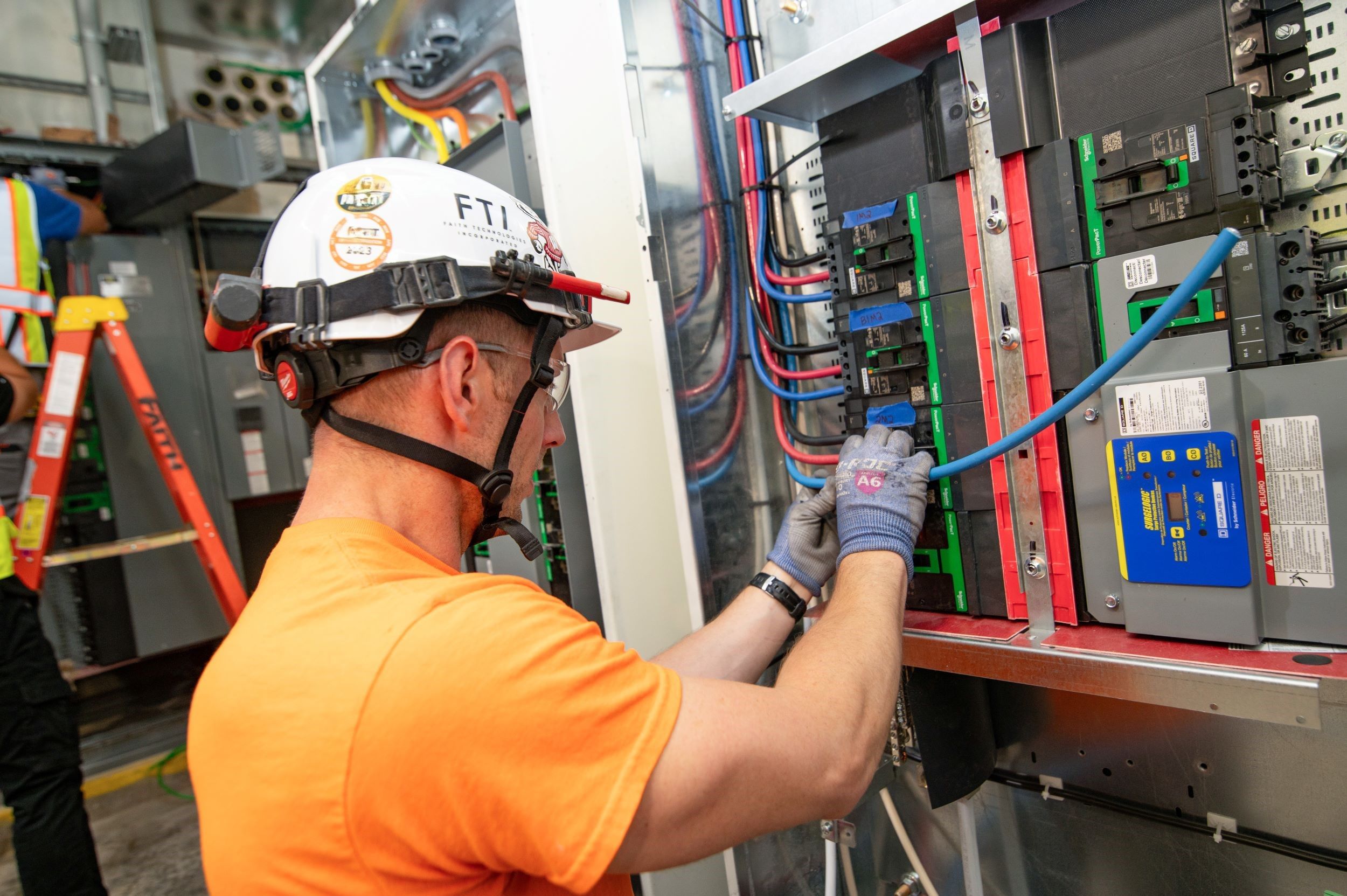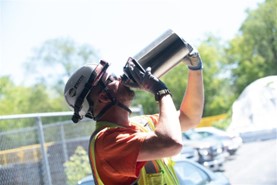
If you’ve worked a summer in construction, you know the heat isn’t just uncomfortable. It’s a serious safety concern. Between sun exposure, heavy personal protective equipment (PPE) and long shifts with limited shade, it doesn’t take much for heat to start impacting how you feel, move and think.
At FTI, safety is always part of the conversation, and the topic of heat-related illness is no exception. It’s completely preventable, but only if you’re paying attention to your body, your crew and your surroundings. Whether you’re working outdoors or in a hot indoor space, staying safe in the heat comes down to awareness, preparation and good habits.
Understanding the Risks
The Centers for Disease Control and Prevention (CDC) reports that workers exposed to extreme heat are at risk for several heat-related illnesses, ranging from heat cramps and rashes to heat exhaustion and even heatstroke. What’s more, the heat doesn’t just affect your health; it can also lead to other jobsite hazards like sweaty palms, fogged-up safety glasses or dizziness that makes it harder to work safely.
That’s why, when temperatures rise, we encourage our teams to flag heat as a hazard on their Operational Risk Management (ORM) boards and talk through prevention measures before work begins.
Early Signs to Watch For
When your body is struggling to cool itself, it usually gives you a few warning signs that shouldn’t be ignored. You might start to feel:
- Dizzy or lightheaded.
- Extremely thirsty.
- Nauseous, develop a headache or begin vomiting.
- Muscle cramps or unusual fatigue.
- Hot, confused or unsteady on your feet.
These symptoms may indicate heat exhaustion or, in more serious cases, heatstroke. Either way, it’s time to stop what you’re doing, move to a cool or shaded space and start hydrating. If symptoms don’t improve quickly, call for help. It’s better to take a break and check in than to push through and risk serious harm.
Prevention Starts with Smart Habits
You don’t have to wait for symptoms to show up before taking action. A few simple routines can go a long way toward protecting yourself and your team:
- Ease into it. Give your body time to adjust when temperatures climb. Acclimation can take 5-7 days, so you should plan accordingly. Schedule strenuous tasks during cooler parts of the day, and consider adjusting start and stop times when possible.
- Hydrate often. Don’t wait until you’re thirsty. Water is best. Avoid sugary or caffeinated drinks, alcohol and certain prescription medications, which can speed up dehydration.
- Take regular breaks. Rest in shaded or air-conditioned areas and rehydrate frequently.
- Dress smart. Lightweight, breathable, light-colored clothing helps minimize heat absorption.
- Use sunscreen and cover up. Sunburn adds stress to your body and slows down its natural cooling process.
- Check in with your team. Have a designated buddy and frequently ask how they’re feeling. Sometimes someone else notices symptoms before you do.
Heat is part of the job, but heat illness doesn’t have to be. Whether you’re part of a construction crew, managing a project or supporting work behind the scenes, staying safe in high temperatures comes down to preparation, awareness and teamwork.
No job is worth risking your health, so when something feels off, you should take it seriously. Speak up, take a break and look out for the people around you. The better we are at recognizing the signs and building smart habits, the stronger and safer our jobsites and industry become.
Stay aware, stay hydrated and stay safe. There’s nothing more important than going home healthy at the end of the day.
If you enjoyed this blog article, please subscribe to stay up to date on the latest industry news from our experts at FTI.



